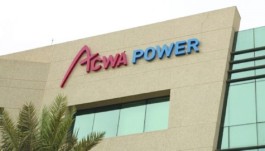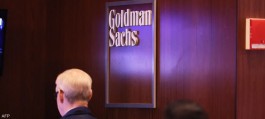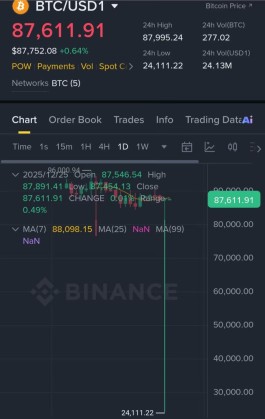Oil prices stabilized as traders weighed signs of declining US inventories and tensions in the Middle East on the one hand, and expectations of increased supplies on the other.
Global benchmark Brent crude is trading below $80 a barrel after falling yesterday, Tuesday, while West Texas Intermediate crude was trading above $74. The American Petroleum Institute reported that inventories nationwide fell by about 7 million barrels last week, including a decline in Cushing, Oklahoma. Official numbers are scheduled to be released later on Wednesday.
In the Middle East, traders were assessing the impact of recent US and British strikes against the Iran-backed Houthis in Yemen aimed at halting attacks on ships. While a trade group said the United States advised ships crossing the Red Sea to exercise extreme caution, some owners decided not to resume passage. Elsewhere, US forces carried out air strikes on a militia supported by Tehran in Iraq.
Geopolitical risks
Oil was range-bound in January, with geopolitical risks countered by expectations that supplies from non-OPEC producers will continue to expand. Oil major Gunvor Group Ltd said the first half of the year will be dominated by production growth from outside the group, which will eventually stabilize, with markets remaining in a restricted range.
S&P: OPEC+ may reduce oil production again in the first quarter
“We believe oil markets are well supplied, and that is likely to continue this year,” said Vivek Dhar, mining and energy commodities analyst at Australian Commonwealth Bank. He added that while the situation in the Red Sea has increased trade costs, it is unlikely to materially increase oil prices, given that supplies have not been directly affected.
The US crude inventory report comes after inventories declined in three of the past four weeks, and amid disruptions caused by a wave of cold weather. Freezing conditions reduced supplies from shale drillers in the Bakken Basin and hampered refining operations.
The price differences between the two closest oil contracts indicate a near-term uptrend. The gap reached 44 cents per barrel, in the case of Backorder, compared to 3 cents at the beginning of the year.







































